I'm facing with this fitted models list:
Linear mixed model fit by REML. t-tests use Satterthwaite's method ['lmerModLmerTest']
Formula: value ~ COND + (1 | ID)
Data: .
REML criterion at convergence: 389.4
Scaled residuals:
Min 1Q Median 3Q Max
-1.71940 -0.52142 -0.02861 0.43071 2.17384
Random effects:
Groups Name Variance Std.Dev.
ID (Intercept) 14.461 3.803
Residual 5.527 2.351
Number of obs: 75, groups: ID, 25
Fixed effects:
Estimate Std. Error df t value Pr(>|t|)
(Intercept) -1.5888 0.8942 35.1754 -1.777 0.0842 .
CONDNEG-NOC 0.1964 0.6649 48.0000 0.295 0.7690
CONDNEU-NOC 0.1130 0.6649 48.0000 0.170 0.8658
---
Signif. codes: 0 ‘***’ 0.001 ‘**’ 0.01 ‘*’ 0.05 ‘.’ 0.1 ‘ ’ 1
Correlation of Fixed Effects:
(Intr) CONDNEG
CONDNEG-NOC -0.372
CONDNEU-NOC -0.372 0.500
and other 12 elements, all embedded into an object called model_list
If I would like to present them as into an elegant tables (as it is shown singularly for each model here in these slides) with sjPlot() package or others (alternatively):
Does anyone know what I should do?
